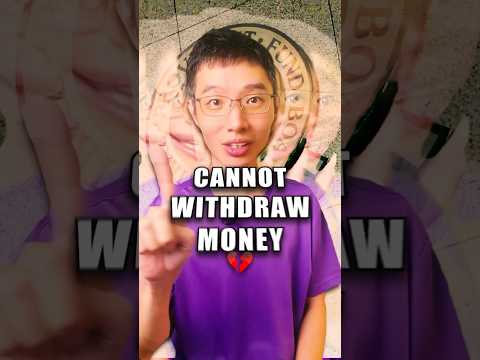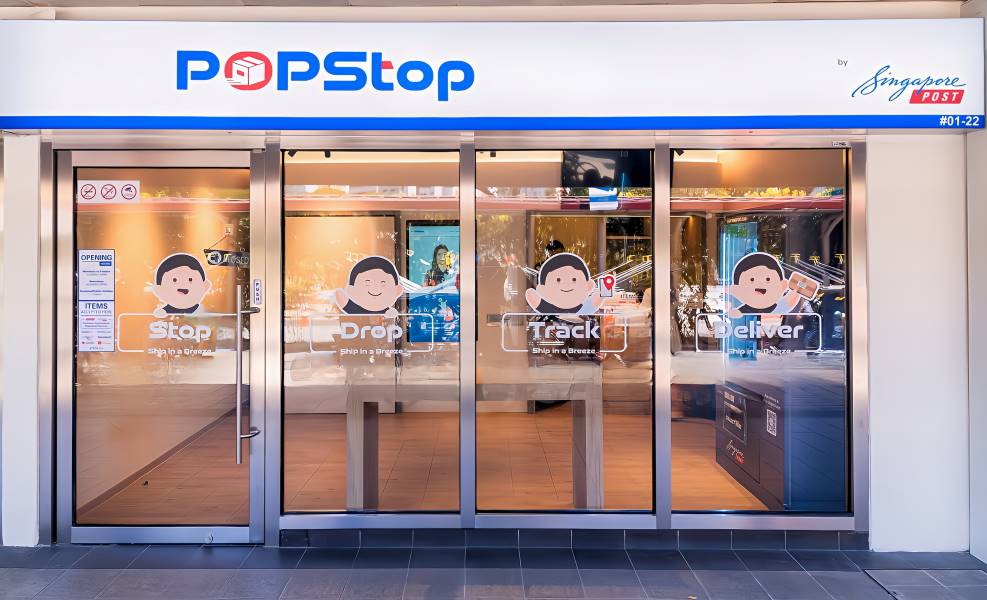| Real Estate Investment Trusts (REITs) are investment vehicles that invest in a diversified pool of professionally managed real estate assets. The capitalisation of the REIT Sector has grown strongly from its establishment in 2002 and presently maintains a significant impact in regional REIT benchmarks. As of the end of April, the MSCI Singapore Index accounted for 2.2% of the MSCI Asia Pacific Index. However, Singapore’s impact in the MSCI Asia Pacific REIT Index was almost five times as much at 10.6%.
Singapore’s REIT Sector currently consists of 34 REITs governed by the Collective Investment Scheme (“CIS”), six stapled trusts and three property trusts. The combined market capitalisation of the Sector is S$88 billion with Retail, Industrial and Office REITs making up the three largest segments of the Sector.
More Trusts Investing Overseas
Of the 28 trusts that made up the REIT Sector in 2012, 10 trusts were investing solely in Singapore with 18 trusts investing in Singapore and overseas properties. Moreover, of the 15 trust that are solely investing in overseas properties, nine trusts have been amongst the most recent 10 trusts to list on SGX.
As of 2018, there are still 10 trusts investing solely in Singapore with 33 trusts investing in both Singapore and overseas properties. These 33 trusts represent approximately two-thirds of the combined market capitalisation of Singapore’s REIT Sector. Suntec REIT, AIMS AMP Capital Industrial REIT and Mapletree Industrial Trust were pure-play Singapore REITs in 2012 but are no longer solely investing in Singapore. Their spaces are filled with newly listed trusts like Viva Industrial Trust, SPH REIT and OUE Hospitality Trust. Note that as of September 2017, one of the 10 REITs, Frasers Centrepoint Trust held 31.15% of the units of Hektar REIT, listed on Bursa Malaysia Securities Berhad.
Competitive Yields
As recently noted here since September 2009 the FTSE ST REIT Index has on average maintained a month end yield of 6.3% which was 4.1% higher than the month-end average of the MAS 10 year Government Bond Yield at 2.2%. The difference between the two yields has recently narrowed to approximately 3.3%, predominately due to higher bond yields.
Recent Listings
The 10 most recent REITs to list on Singapore Exchange (“SGX”) include nine REITs governed by the CIS and a property trust, Dasin Retail Trust. Together the 10 REITs maintain a combined market capitalisation of S$10.1 billion, an average indicative dividend yield of 7.0% and an average gearing ratio of 33.8%.
Of the 10 trusts, nine exclusively own and manage international property assets. The exception is Keppel DC REIT which manages property in both in Singapore and across the World, as detailed here.
These nine trusts that wholly invest outside of Singapore have averaged 13.8% total returns from their respective IPO dates. At the same time the average total return of the MSCI World REIT Index was 3.3%. In as many as eight of the nine cases these global REITs have outperformed the global benchmark, with Sasseur REIT the exception following its comparative recent listing.
The full performances of the 10 most recent REITs to list on SGX are detailed below. To see more details on each trust in SGX StockFacts, click on the stock name.
Source: Bloomberg & SGX StockFacts (data as of 31 May 2018). Note: Cromwell European REIT is traded in EUR, Manulife US REIT and Keppel-KBS US REIT are traded in USD however SGD equivalents are shown in table.
Currency Impacts on International Property Assets
Among multiple considerations of international investing, Singapore-listed REITs with international assets have international currency exposure. In general REIT managers seek to borrow in the same currency as the underlying assets, hence mitigating some of the carry risk. Revaluations of foreign exchange borrowings can also increase expenses if losses are made, and vice-versa.
REITs can also use derivatives to hedge against some of the potential interest rate and exchange rate fluctuations. The REITs will typically engage in such activity to minimise exposure to market volatility and maximise risk-adjusted returns to unitholders.
For instance, Cromwell European REIT (“CEREIT”) which has Australian-based Cromwell Property Group as its sponsor noted in its 1QFY18 presentation (click here for more) that the progressive hedging arrangements allow the Manager to take full advantage of the negative interest rate environment in the Eurozone.
In its prospectus, CEREIT noted that Net Finance Costs maintained an all-in effective interest rate (including the cost of interest rate hedging facilities) of 2.0% per annum for the Forecast Period 2017, Projection Year 2018 and Projection Year 2019. Meanwhile in Australia, Cromwell Property Group noted in its FY17 Annual Report that the average interest rate was 3.96% for the 12 months ending 30 June 2017.
Significant REIT Representation in the STI Reserve List
Three REITs - Ascendas REIT, CapitaLand Mall Trust and CapitaLand Commercial Trust - are a part of the Straits Times Index (“STI”) accounting for approximately 5% of the STI’s weight. Effective 18 June, the STI reserve list, comprising the five highest ranking non-constituents of the STI by market capitalisation, will include as many as four REITs - Suntec REIT, Mapletree Commercial Trust, Keppel REIT and Mapletree Logistics Trust. Stocks on the Reserve List will replace any STI constituents that become ineligible as a result of corporate actions, before the next review.
Also effective 18 June, the most recent REIT to list on SGX, Sasseur REIT will join the FTSE ST Small Cap Index and the FTSE ST China Index. |






